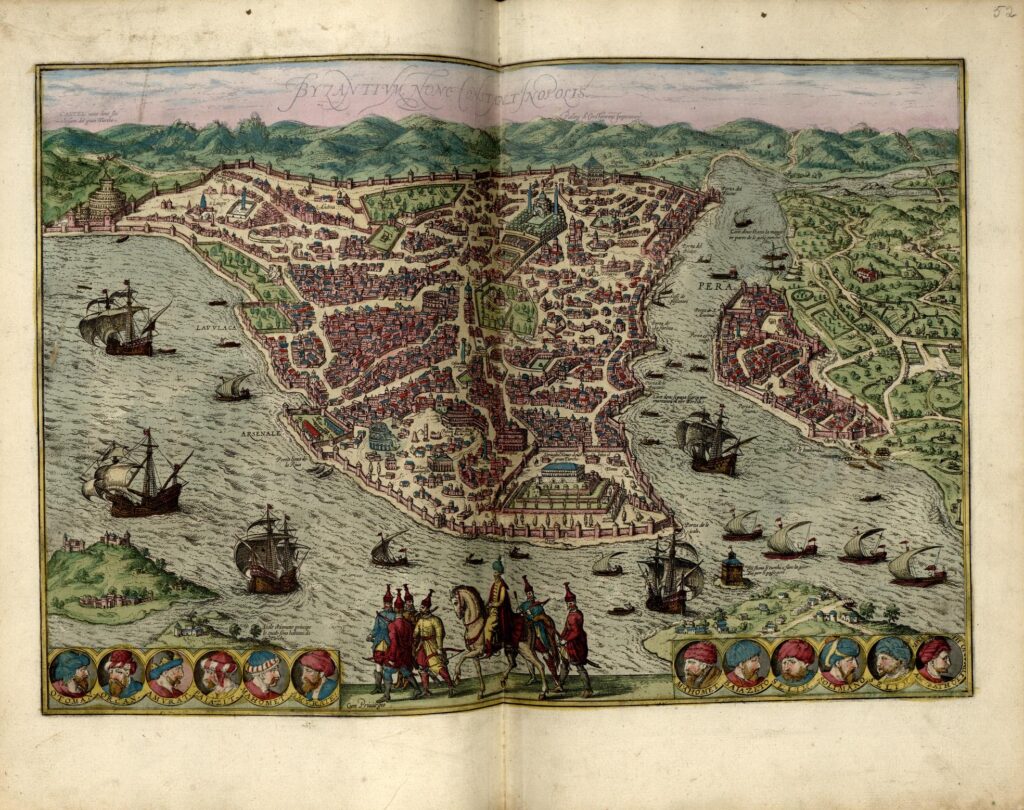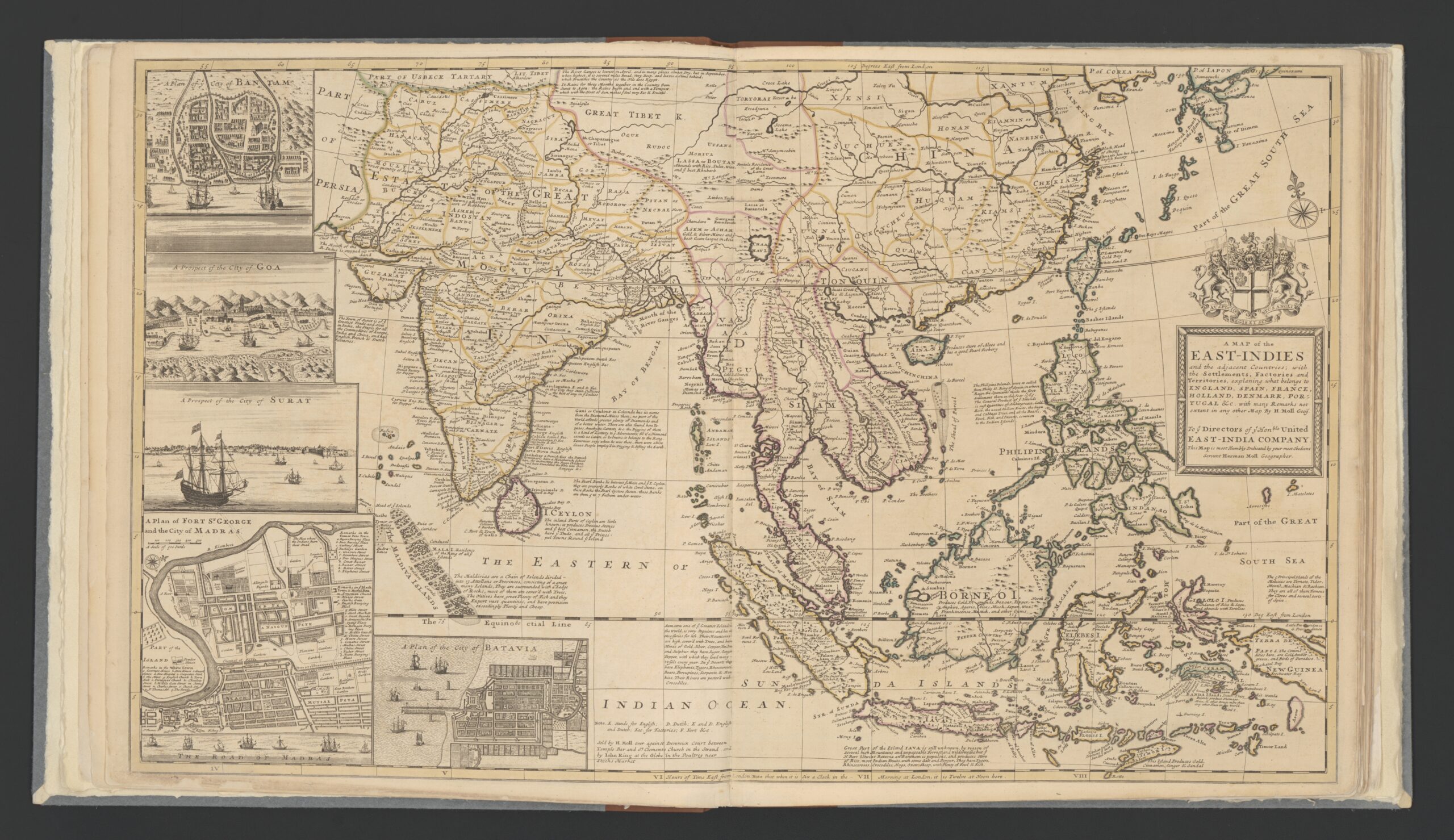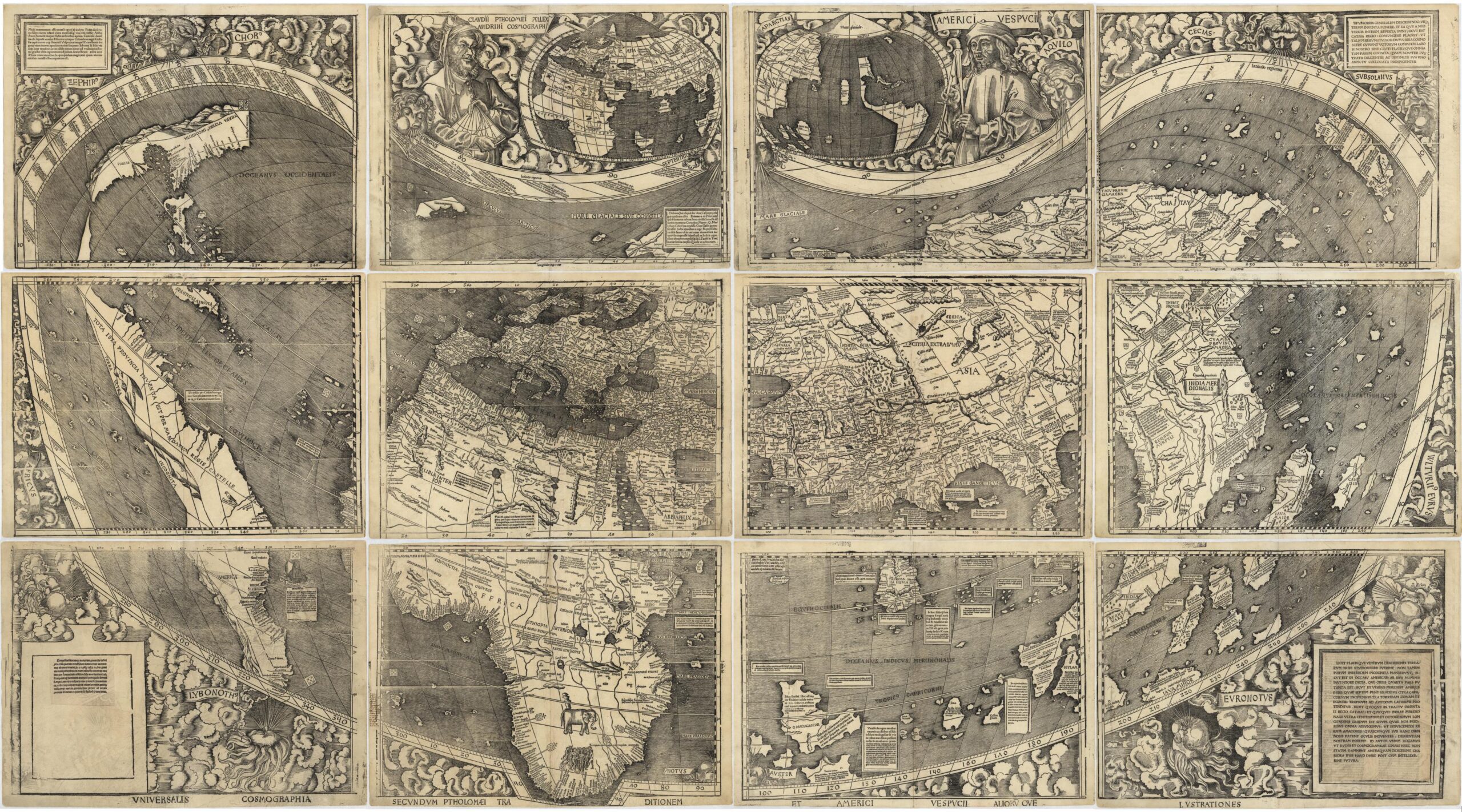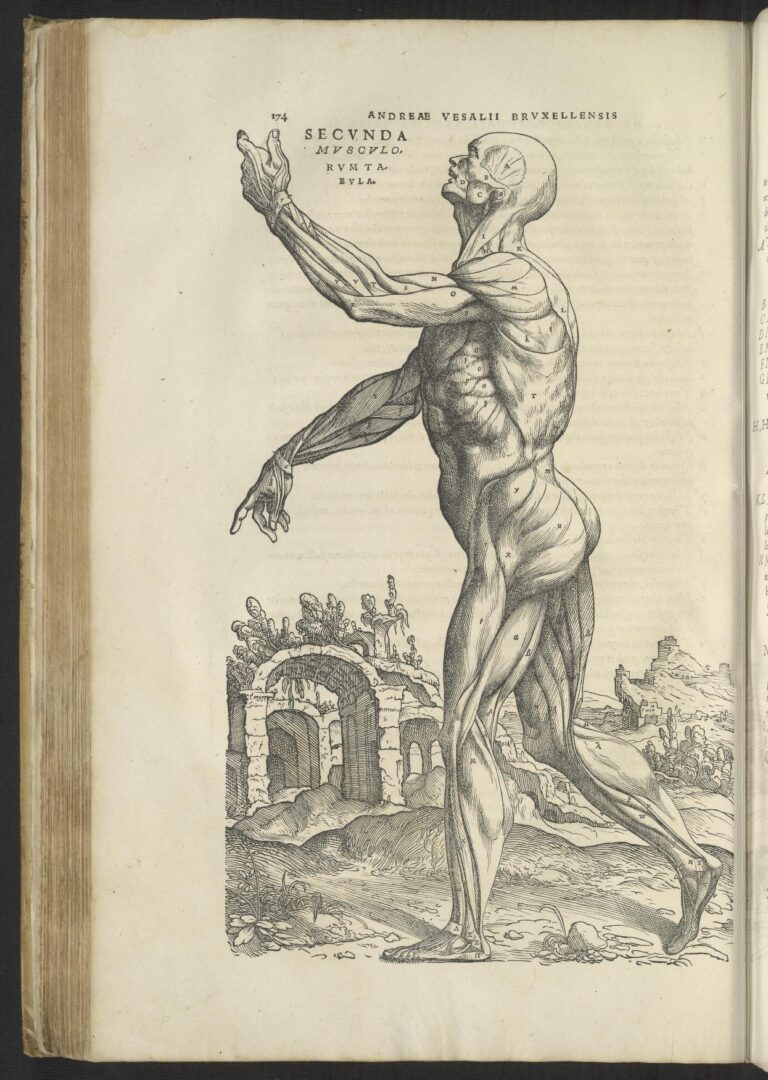
Learn more about the maps on display at the new experiential exhibition at the Library of Congress.
Read More
Learn more about the maps on display at the new experiential exhibition at the Library of Congress.
Read More
An insight into early 18th century trade in the East-Indies focusing on the English East Indies Company and the 1721-1723 trade voyage of the ship Townsend revealed through the maps of British cartographer Herman Moll.
Read More
This second post in the Fabricating the World series explores mapmaking with woodblock printing.
Read More
Printed in Basel in 1543, Andreas Vesalius’ De Humani Corporis Fabrica is considered to be the first “modern” medical book that emphasizes clinical observation over a dependence on ancient texts. The Library of Congress has recently digitized its copy of De Fabrica, which was part of the generous gift of Lessing J. Rosenwald to the nation.
Read More
Saint Paschal Baylon was born into the Golden Age of the Church in Spain: the 16th century. He worked as a shepherd where he had ample time for prayer and mortification.
Read More
In 1546, Charlotte Guillard (ca. 1485–1557) owned one of the most prestigious printing houses in Paris, the Soleil d’Or, and that year she printed an impressive, updated edition of the letters of Saint Jerome under her own name. The editor and commentator of this particular book, however, was the famous Dutch humanist Desiderius Erasmus (1468?-1536), whose published annotations on Jerome had been censured by the Venetian Inquisition and the Index of the University of Paris two years prior.
Read More